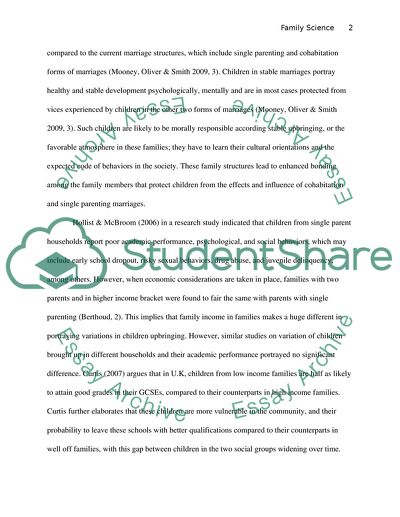Cite this document
(“Family Variations and Implications to Children Essay”, n.d.)
Family Variations and Implications to Children Essay. Retrieved from https://studentshare.org/family-consumer-science/1774078-examine-variations-in-family-structure-and-relationships-and-the-implicationss-of-these-for-the-children-concerned
Family Variations and Implications to Children Essay. Retrieved from https://studentshare.org/family-consumer-science/1774078-examine-variations-in-family-structure-and-relationships-and-the-implicationss-of-these-for-the-children-concerned
(Family Variations and Implications to Children Essay)
Family Variations and Implications to Children Essay. https://studentshare.org/family-consumer-science/1774078-examine-variations-in-family-structure-and-relationships-and-the-implicationss-of-these-for-the-children-concerned.
Family Variations and Implications to Children Essay. https://studentshare.org/family-consumer-science/1774078-examine-variations-in-family-structure-and-relationships-and-the-implicationss-of-these-for-the-children-concerned.
“Family Variations and Implications to Children Essay”, n.d. https://studentshare.org/family-consumer-science/1774078-examine-variations-in-family-structure-and-relationships-and-the-implicationss-of-these-for-the-children-concerned.


